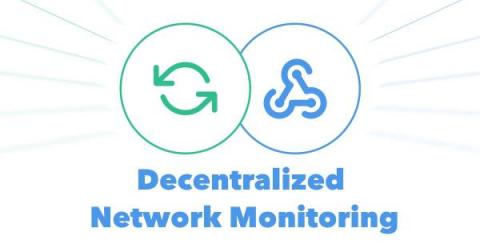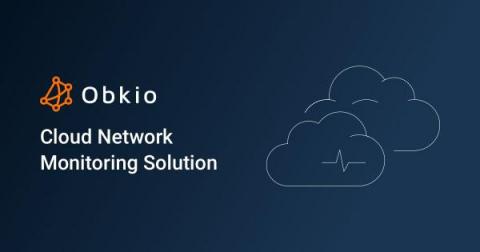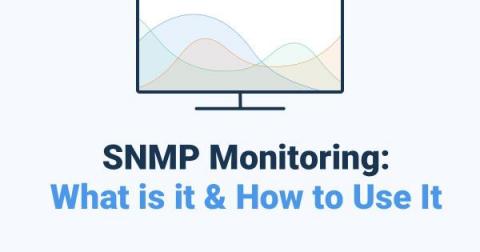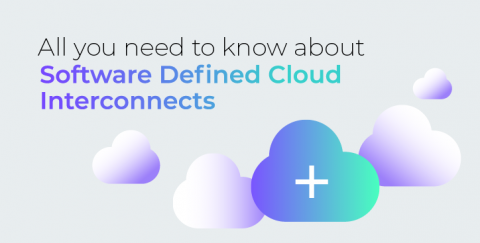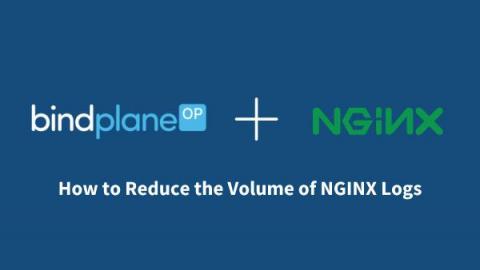What is Decentralized Network Monitoring
Welcome to the thrilling world of decentralized network monitoring! In a world where networks have evolved into sprawling mazes of interconnected devices, it's time to break free from the shackles of centralized monitoring and embark on a journey toward a more independent and empowering approach. In this blog post, we'll unravel the secrets behind decentralized network monitoring and discover why it's the talk of the town among tech enthusiasts.


